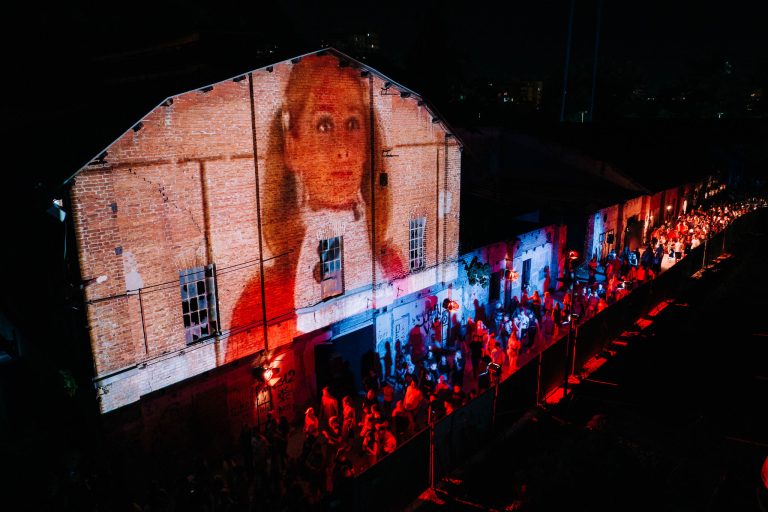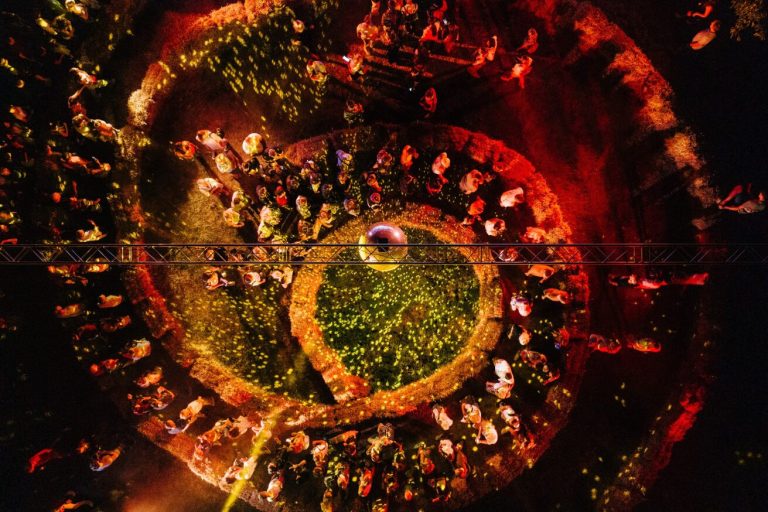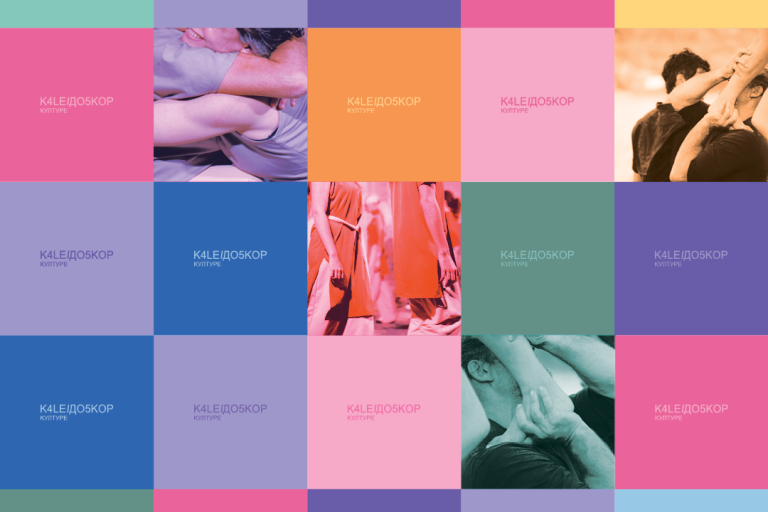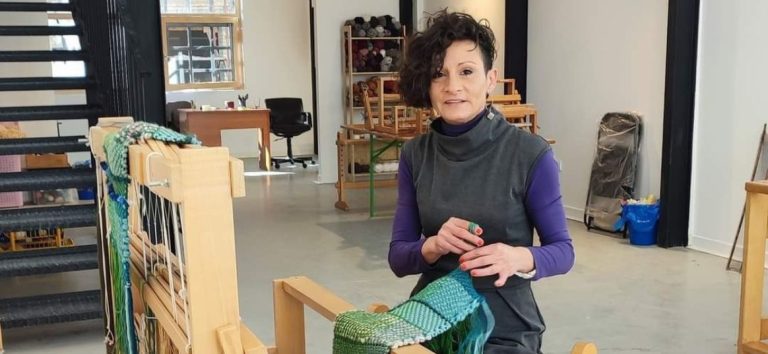For the first time in Novi Sad, the audience of the Kaleidoscope of Culture will be presented with a retrospective of Serbian art over the past hundred years, through the exhibition On the Paths of Serbian Art 1923 – 2023: From Konjović to Marina Abramović. The exhibition, implemented by the Bel Art Gallery, will be opened in the District (Radionica facility) on 30 September at 7 p.m., as part of the Visual Arts Week, and will run until 30 October. Visitors will have a unique opportunity to step into the world of the most prominent artists of the entire century, Sava Šumanović, Milan Konjović, Milenko Šerban, Zora Petrović, Milena Pavlović Barili, Olja Ivanjicki, Mića Popović, Vladimir Veličković, Marina Abramović, Katalin Ladik, Raša Todosijević and others, and learn about the works that represent the rich cultural and historical heritage of Serbia.
Vesna Latinović, CEO of the Bel Art Gallery, spoke to the Visit District about the specificity and importance of the exhibition for the European city of culture. We also talked with her about the works of art that were created in the most turbulent historical period, and we also learned what kind of programme awaits us in the following months in this gallery, which is celebrating its 25th anniversary.
The unusual art exhibition will present the works of the greats of Serbian art, and will be opened as part of the sixth Kaleidoscope of Culture in Novi Sad. What can the Novi Sad audience expect from the exhibition?
The exhibition was envisaged as a presentation of a series of characteristic phenomena and artistic figures in the flow of Serbian art from 1923, when the first factory was built and the industrial District in Novi Sad was formed, until today when it was transformed into a creative District. The overview of Serbian art begins with the works of painters who accepted cubism, which is where the history of modern art begins, and ends with the works of artists who, after 2000, in the spirit of the times we live in, use modern technologies and new media in their artistic process. In six separate spaces under the roof of the Radionica facility, intended for the presentation of visual art, the audience will see the works of more than 100 artists who, with their creativity, have contributed to the development and quality of our art scene and today represent a rich and valuable cultural and historical heritage. It is an imposing and significant exhibition, the likes of which has not been set in our country (except in the Museum of Contemporary Art in Belgrade). The exhibition will be accompanied by a series of interesting presentations, talks, screenings and other programmes dedicated to Serbian art of the 20th and beginning of 21st century.
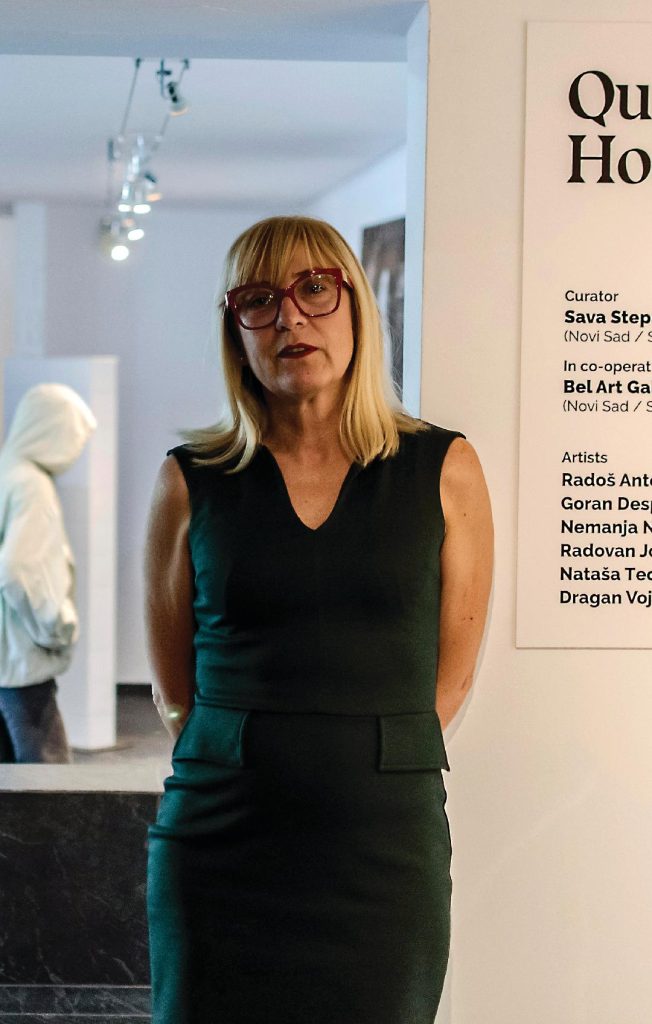
How was the concept of the exhibition envisaged, and how were the artists and works of art chosen to be part of it?
The concept of the exhibition was devised by the distinguished art critic Sava Stepanov, who divided the exhibition into five segments determined by the social environment and specific artistic features. In the introductory part, the art of the first half of the century is presented: the avant-garde twenties (1923–1926) and the emergence of post-cubist painting in our country, then painting and sculpture between the two world wars, followed by the stormy period from 1945 to the end of the seventies, when art in Serbia was filled with turmoil in the struggle for modernism, while during the eighties postmodernist phenomena appeared, and then in the extremely crisis nineties there was a need for the renewal of modernist principles in art and society. Since 2000, in the era of extraordinary technological progress, the most diverse tendencies of technological art, screen paradigms, and computer art have been developing.
What are the specifics of the exhibition and why now is the right time for people to see it?
The exhibition is specific for several reasons. First of all, overviews of Serbian art covering an entire century are very rare, because it is a very demanding undertaking and a complex organization, which is usually carried out by museum teams that predominantly use works from their own collection or the collections of other museums. This time, we decided to predominantly present works from private museums, and collections that are not available to the general public. This gives the exhibition exclusivity on the one hand, and on the other hand it affirms private collecting as a strong incentive for the development of the art scene and support for artists, but at the same time it represents the base of art funds of most Serbian museums. We borrowed works from the Zepter museum, the Wiener Steatdtische collection and numerous private collections, mainly from Novi Sad and Belgrade. The specifics of the exhibition is the fact that the concept is connected with Milan Konjović, whose artistic biography is a metaphor for the artistic processes in Serbia of the last century. The specific author’s concept, according to which Konjović’s opus has anticipatory significance and supports some key phenomena of our art during the 20th century, contributes to the celebration of the jubilee – 125 years since the birth and 30 years since the death of Milan Konjović. Therefore, our partner in this segment is the Milan Konjović Gallery from Sombor, one of the most significant Serbian legacies.
What was the process like from the idea to the implementation of the exhibition?
The process was very exciting, but also very demanding because it was necessary to adapt the interior of Radionica to the exhibition purpose, to modify the lighting system, to ensure museum conditions for the exhibition, such as temperature and humidity. The curator’s communication with numerous collectors for the final selection of works with the limiting factor of the available exhibition space meant coordination on different levels, careful consideration and great patience.
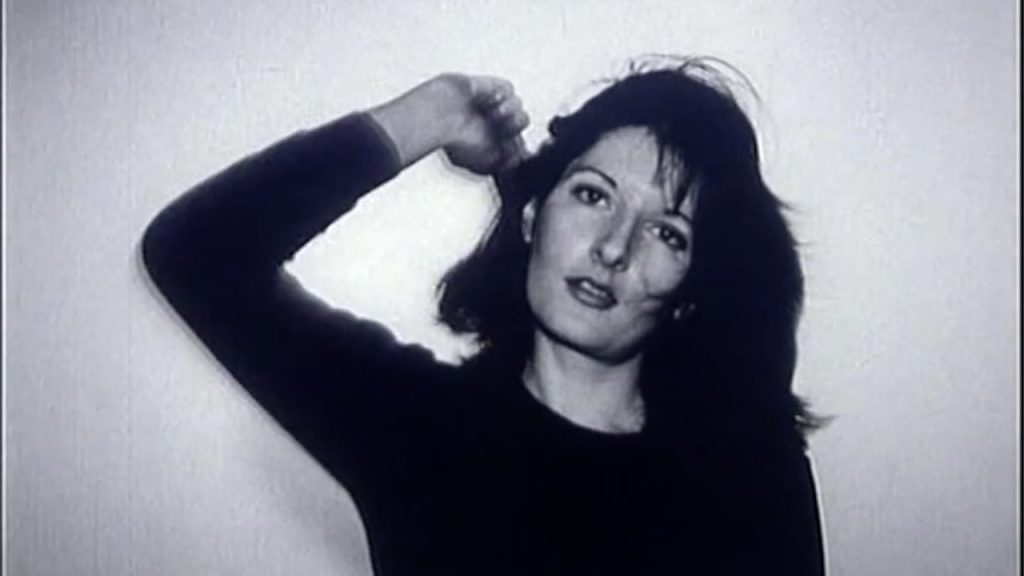
Kaleidoscope of Culture, the legacy of the Novi Sad – European Capital of Culture project, is held for the sixth year in a row and promotes five types of art in five weeks. What do you think of this concept?
It is a unique concept and a privilege for the Novi Sad audience to intensively live/experience art in various art forms and disciplines for five weeks. It is difficult for an ordinary citizen to follow all the programmes and artistic events, therefore the way of communicating the content of Kaleidoscope and selecting its best quality is of great importance.
The art exhibition will be set up in the Novi Sad District. How do you see the area of the District, which today has been transformed from industrial plants into renewed centres of culture?
Converting abandoned industrial spaces into creative cultural spaces is a common practice around the world. A great example of this is La Friche la Belle de Mai in Marseille, which was created in the premises of an old tobacco factory, to later develop into a very interesting combination of culture, art, co-working and recreation space. In Pécs, within the framework of the European Capital of Culture programme, the Zsolnay Cultural District was created, which covers over 40,000 m2, and which was created in the area of old factory buildings and family residences of the Zsolnay family. We also have good examples of turning industrial heritage into artistic and cultural centres in Slovenia – Stara Elektrarna, Tovarna Rog, Cultural Center Tobačna 001, and the like. Novi Sad needs additional space for culture, especially for the independent sector and the alternative scene, and therefore the adaptation and transformation of these industrial spaces into the District, in addition to new cultural stations, is the biggest legacy of the Novi Sad – European Capital of Culture project. Unfortunately, the District was not completely done as planned, but the process is ongoing and I hope that it will be completely done in the next two years.
What is next for the Bel Art Gallery?
After the exhibition, which is the most complex and demanding project in this year, in which it celebrates 25 years of successful activity, the Bel Art Gallery has a very dynamic programme. At the beginning of October, the exhibition of Boško Petrović art works, one of the most significant artists of the second half of the 20th century, with works from private collections in Novi Sad, will be set in the gallery. At the end of October, in cooperation with CS Svilara, we organize an exhibition of the young Belgrade artist Kristina Pirković (in both spaces) and exhibit at the Artmarket Budapest art fair with artists Edita Kadirić, Jelena Đurić and Ljubomir Vučinić. The month of November will be particularly exciting, for which we have prepared an exhibition of Japanese artists Suzuki Junko and Terunuma Atsuro Sharing, which will be set in one of the facilities in the District, followed by an important group exhibition of the contemporary Serbian scene in Vienna implemented by AUGS – Association of Art Galleries of Serbia in cooperation with one of the most important Austrian galleries Ernst Hilger, as well as a solo exhibition of Bosiljka Zirojević Lečić in the Immaginaria gallery in Florence. The exhibition programms of the Bel Art Gallery, which are related to art in public space, namely the Galerija na Štrafti and the Mast Square, have their own parallel course.
To what extent do you think the European Capital of Culture title contributed to the culture segment in Novi Sad?
It is extremely important that Novi Sad took the prestigious title of European Capital of Culture, the most complex European cultural project that has been going on for almost 40 years. The ECoC title remains a permanent mark of the city’s attractiveness on the cultural and tourist map of Europe. I see the greatest contribution of the ECoC title in two segments, namely in the field of cultural policies and strategic planning, because Novi Sad is one of the few cities in Serbia that in 2016, in the process of preparing the application, drew up a strategic plan for the cultural development of the city. A huge contribution has been made in the area of infrastructure, urban regeneration and decentralization. The restoration of the roofs and façades of the Petrovaradin Fortress was finally realized thanks to the title. The Svilara Cultural Station is an outstanding example of the transformation of the industrial heritage into a high-quality and dynamic cultural space, the District is a completely new space for culture with huge potential. The Network of cultural stations is a good and authentic model of cultural decentralization. It is only up to us to use these resources wisely to the satisfaction of the citizens and visitors of the city.
Authors: Marina Marić and Feđa Putnik
Photo: Milan Konjović, My Studio II, 1930 (SZPB); Marina Abramović: Film Notes no. 1 – SKC, Belgrade 1975; private archive


